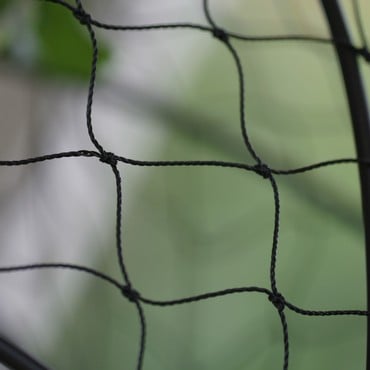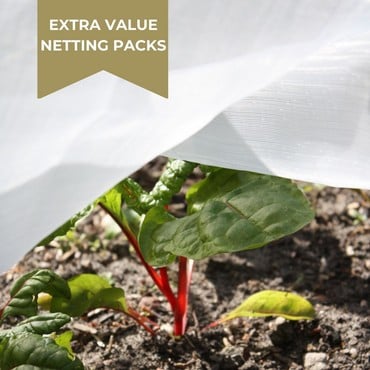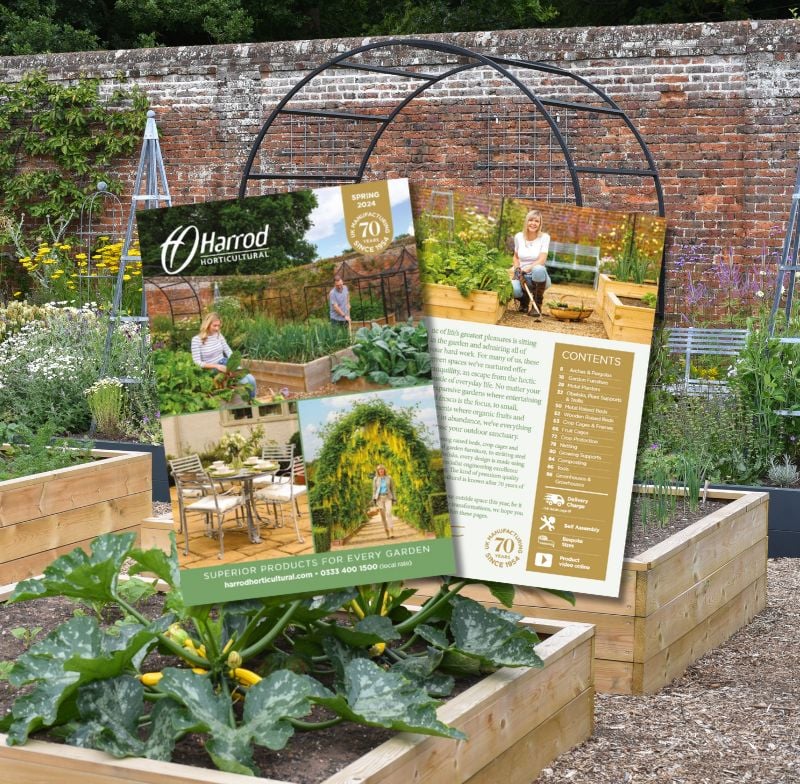Broccoli (Sprouting)
Ease of Growing [Scale 1-5] - 3 (Medium)
How Time Consuming
Limited – watering, feeding & staking.
Recommended Varieties
- ‘Organic Early Purple Sprouting’ – hardy, high yielding, delicious flavour (Sow: March-May, Harvest: March-April)
- ‘Tenderstem’- matures five weeks after planting. Each plant carries small crops of young spears that taste like asparagus. (Sow: March – June, Harvest: June-October)
- ‘Lancer Mixed’ – a purple and white sprouting broccoli, perfect for a longer harvest season with successional planting. Very hardy plants. (Sow: March-May, Harvest: November to May)
Home Grown Vs Supermarket
Home grown always wins for freshness if you have the growing space.
Best Sites and Soils
All broccoli likes full sun/light shade and a rich soil improved with a generous quantity of organic matter. Soil needs to be firm with a ph of 6.5-7.5
When to sow
Seeds are generally sown between March and June. Sow two seeds per cell in trays in a greenhouse and outdoors from April. Thin to one plant as soon as the seedlings can be handled. Give liquid fertiliser every week at this stage. When rootball is well bound together plant out into final growing space. From April, seeds can be sown in the open where the plants are to grow; sow three seeds, 2cm (¾in) deep, every 30cms (12in) along the row. When seedlings are large enough to be handled, thin out each ‘station’ leaving one healthy seedling behind. Before lifting the plants, water them well and water well again after transplanting.
Distance between rows - Allow 45cm (18”). Closer spacing will reduce the number of side shoots formed.
Distance between plants - Allow 30cm (1ft) apart.
When to harvest
When heads are young and small in size.
Problems to look for:
Pigeons and caterpillars like to attack the plants, so cover them with netting to stop them getting access. Whitefly is a real problem with Sprouts in the Harrod Kitchen Garden. We now cover ours with fine insect mesh which prevents these pests from taking hold.
We have had clubroot in the distant past in the Kitchen Garden and consequently now plant all our brassicas with cabbage collars around the base to prevent this disease from returning.

























